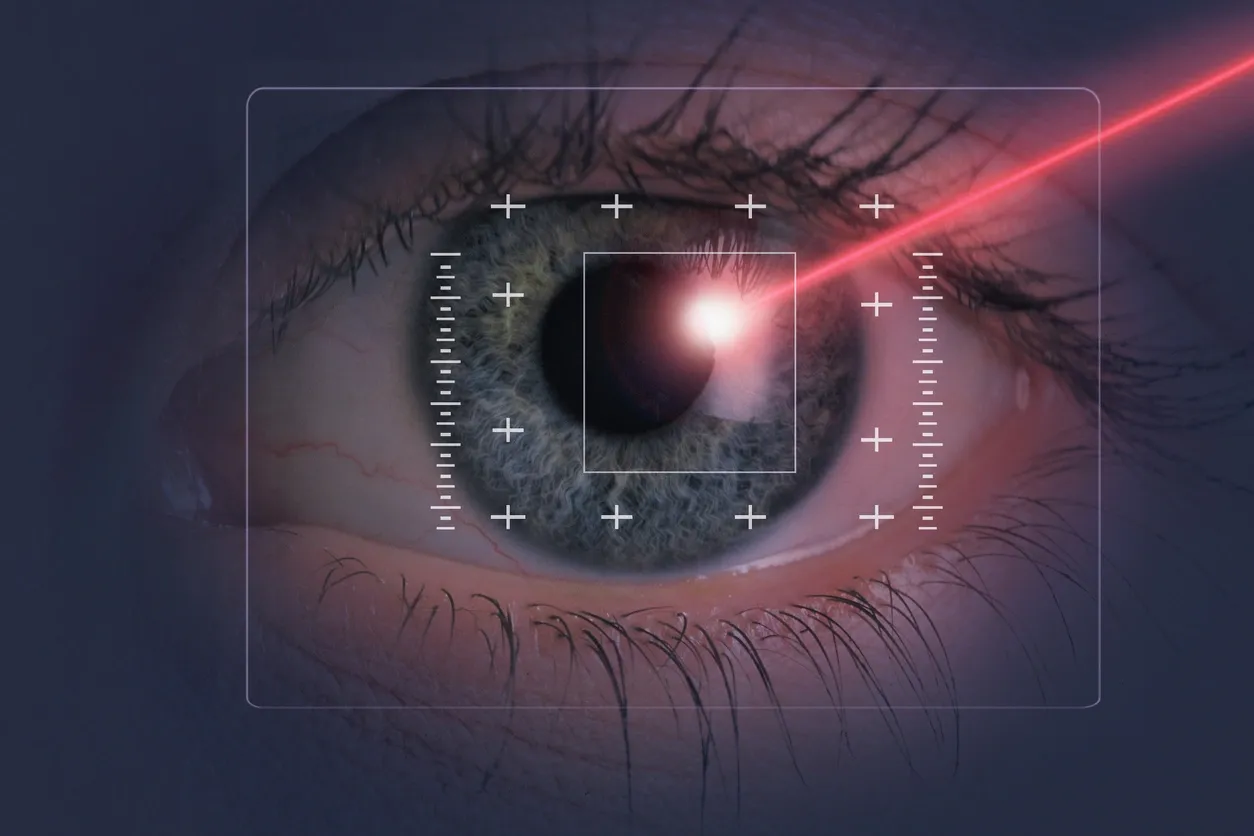Introduction:
LASIK (Laser-Assisted in Situ Keratomileusis) and PRK (Photorefractive Keratectomy) are two popular refractive eye surgeries designed to correct common vision problems such as nearsightedness, farsightedness, and astigmatism. While both procedures aim to improve vision, they differ in their approach and recovery process. In this blog, we will explore the pros and cons of LASIK and PRK, helping you make an informed decision when considering vision correction.
LASIK: Pros and Cons
LASIK is a widely recognized and commonly performed procedure. It involves creating a thin corneal flap, which is lifted to expose the underlying tissue. The cornea is then reshaped using a laser, and the flap is carefully repositioned.
Pros:
1. Quick Recovery: LASIK typically offers a faster recovery period, with most patients experiencing improved vision within a day or two.
2. Minimal Discomfort: The procedure itself is virtually painless, as numbing eye drops are used to ensure patient comfort.
3. Rapid Results: Vision improvement is often noticeable almost immediately after LASIK, with full results typically achieved within a few weeks.
4. Lower Risk of Haze: LASIK generally poses a lower risk of corneal haze compared to PRK, resulting in clearer vision for some patients.
Cons:
1. Corneal Flap Complications: While rare, there is a small risk of flap complications during or after LASIK, such as flap displacement or wrinkling, although advancements in technology have significantly reduced these risks.
2. Thinner Corneas: LASIK may not be suitable for individuals with thin corneas, as the procedure requires a certain corneal thickness for the creation of a flap.
PRK: Pros and Cons
PRK is an alternative vision correction procedure that predates LASIK. Instead of creating a corneal flap, PRK involves removing the thin outer layer of the cornea (epithelium) before reshaping the underlying corneal tissue with a laser.
Pros:
1. Suitable for Thin Corneas: PRK can be a better option for individuals with thin corneas or those ineligible for LASIK due to corneal thickness concerns.
2. Lower Risk of Flap Complications: Since PRK does not involve creating a flap, the risk of flap-related complications is eliminated.
3. No Risk of Flap Dislocation: PRK is beneficial for people engaged in contact sports or professions with a higher risk of eye trauma, as there is no corneal flap that could dislocate.
Cons:
1. Longer Recovery Time: PRK generally involves a longer recovery period compared to LASIK, as the outer layer of the cornea needs to regenerate. It may take several days to a week for vision to stabilize and several weeks for full recovery.
2. Discomfort and Sensitivity: PRK patients often experience more discomfort during the initial healing phase, including sensitivity to light and the sensation of having a foreign object in the eye.
3. Potential for Corneal Haze: In some cases, PRK may lead to corneal haze, causing temporary vision disturbances. However, this is less common with modern laser technology.
Conclusion:
LASIK and PRK are both effective methods of vision correction, each with its own set of advantages and considerations. LASIK offers a faster recovery time and minimal discomfort, making it a popular choice for many individuals. On the other hand, PRK can be a suitable alternative for those with thinner corneas or specific lifestyle considerations.
Ultimately, the decision between LASIK and PRK should be made in consultation with an experienced eye surgeon who can assess your individual needs and recommend the most appropriate procedure for you. Remember, every person’s eyes are unique, and what works for one may not be the best choice for another.



